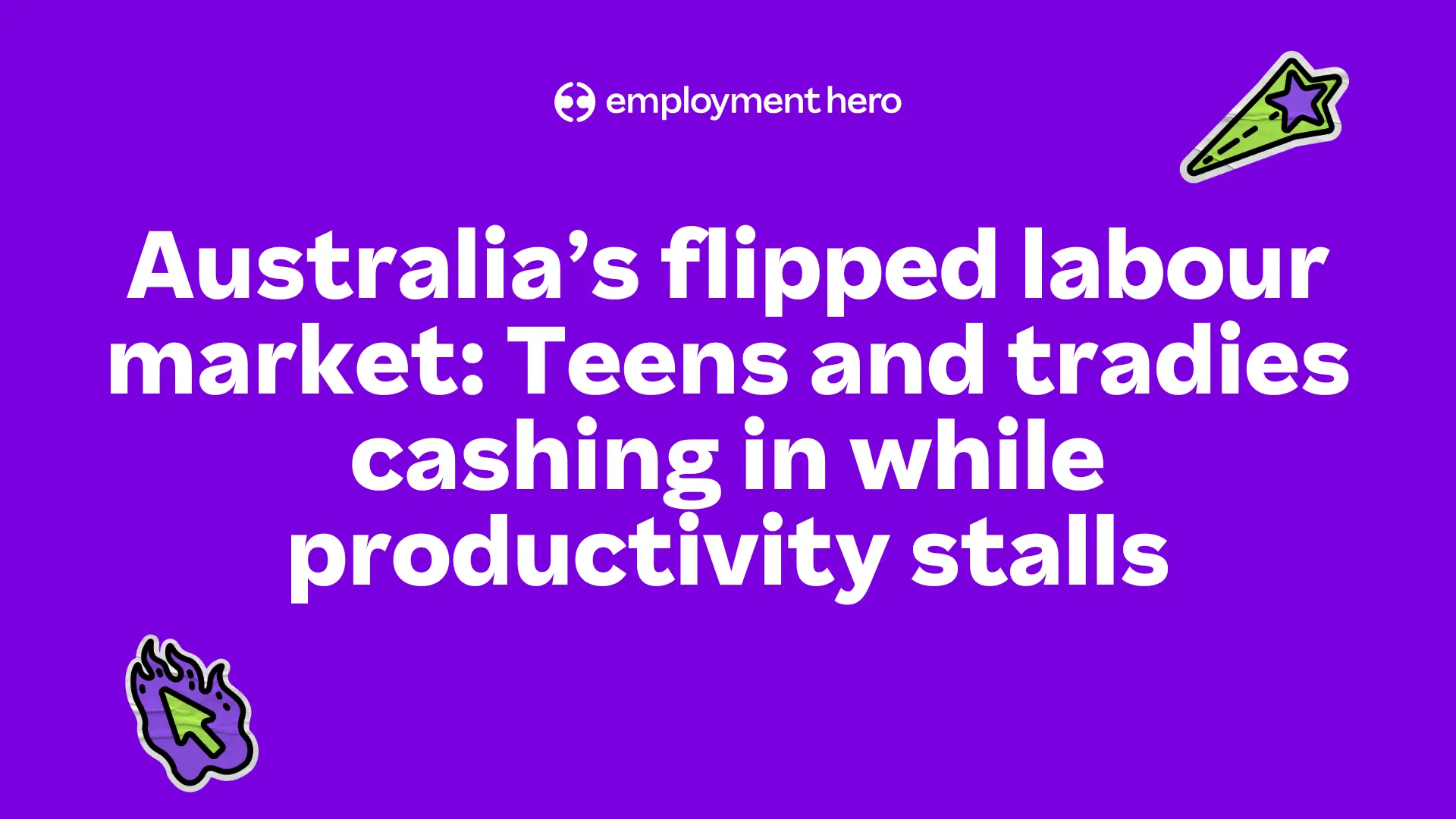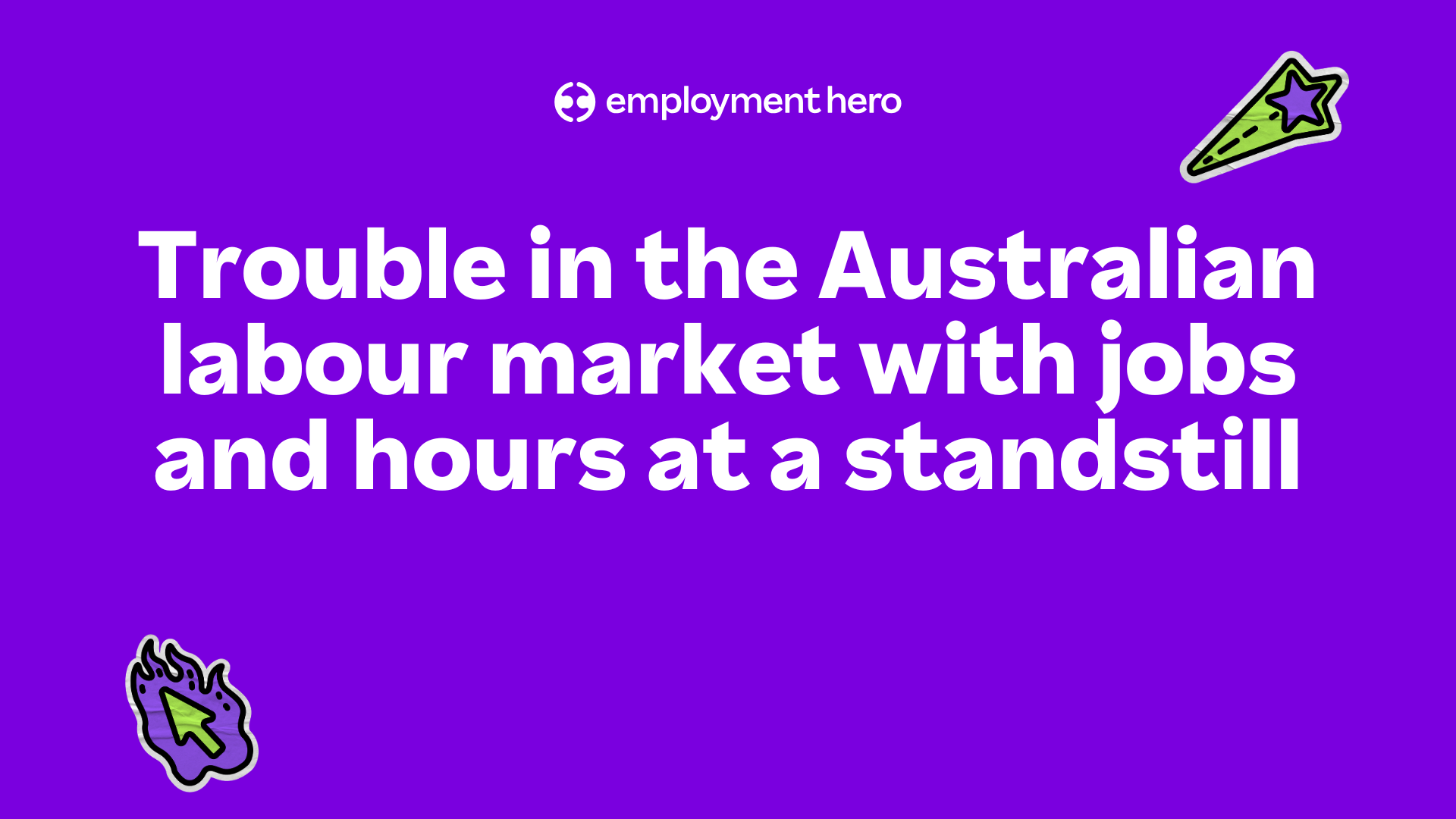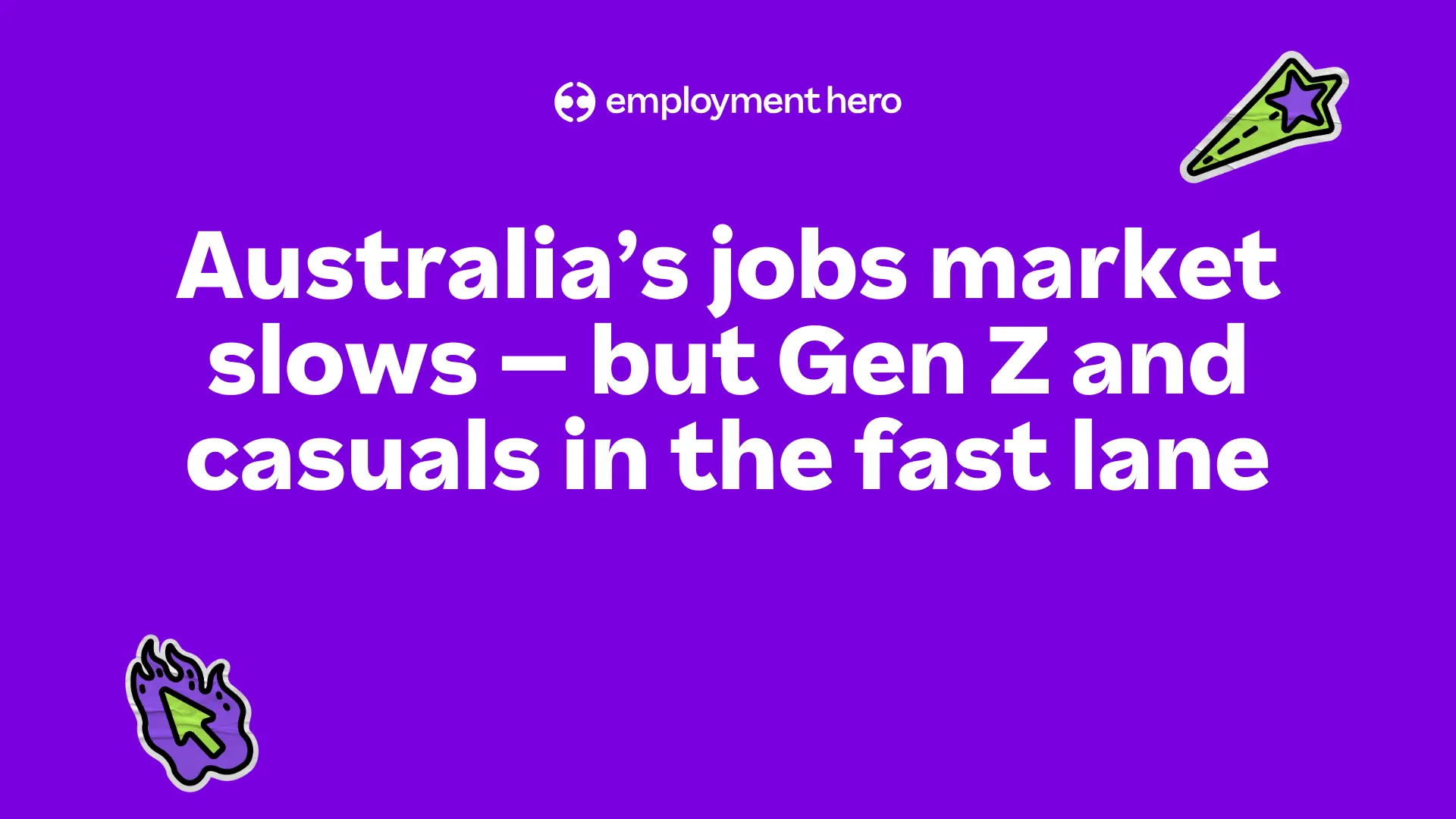Say goodbye to these outdated workplace benefits
Are your workplace benefits often left unused? It might be time to replace them.

Contents
The lure of free fruit to entice workers to work from the office is out.
With modern workplaces deciding to go remote first or hybrid, gone are the days where there was a frenzy for so-called workplace benefits and perks such as Fruity Fridays and beer pong. Or cookies, for that matter.
But it doesn’t mean office perks are obsolete. They might just be a little dusty and outdated.
So how do you update your workplace benefits package to make sure money isn’t going to waste, and your team will be able to get the most out of them? Here’s everything you need to know.
Why are workplace benefits important?
Workplace benefits are often overlooked, but can play an important role in your attraction and retention strategies, and employee wellbeing efforts.
Why? Consider what type of employer you want to be known as. One that has set up a workplace culture that looks out for their employees, or one where toxic employees thrive and cause a high turnover rate resulting in endless and costly retraining and relentless re-hiring needs?
Not only do workplace benefits help you as the employer, when done right, it can benefit your team’s wellbeing in creating a workplace where colleagues show up and find satisfaction in their work. Result.

Which typical workplace benefits are now outdated?
Non-inclusive employee benefits for starters.
Luring people back into the office with ice cream like Goldman Sachs is one that raised eyebrows. And should have perhaps been reconsidered. Think of your lactose-intolerant colleagues.
That goes for unlimited beer too. Renowned for their free booze, WeWork phased out their free beer perk across their North American locations not too long ago.
There’s also been a swap out between swanky office buildings and their in-house gyms, for a shorter commute to the living room or home office space.
Why are these employee benefits no longer effective?
The global pandemic made us rethink a lot about traditional work environments, but traditional employee benefits have yet to catch up with this change.
Employers are spending time trying to entice their employees back to the office, which has had a negative ripple effect on retention for some. Remember the Great Resignation that happened not too long ago?
Instead, people are opting to work for companies which empower them to work from home and enjoy stress-free commutes, as well as flexible working policies which promote a healthy work-life balance.
For employers who are still office-based, or work on a hybrid model, employees want to see more of a focus on wellbeing and mental health support. Good quality showers and bike racks are also top on the list for those who work from the office.
The main takeaway is: in-house office interactions such as water cooler chats or catch-ups over free food and drinks are not enough. And frankly, shouldn’t be seen as a perk in the first place.
What benefits do employees really want from their workplace?
Giving your team access to a well-rounded benefits package can create a positive impact on their employee experience. A happy team is a productive, thriving team. Which means that the employee benefits you provide can play a huge part in your retention strategy.
Employee wellbeing and mental health support
Do you get awkward silences every time you try checking in on your team? Chances are, they might be struggling with telling you how they really feel because of the fear of repercussions.
Skip the awkward silence and make use of Employment Hero’s employee engagement software.
It empowers your team to be heard through anonymous happiness surveys. Where they can rate their happiness score anonymously, and provide additional comments. You’ll be able to get valuable feedback that you can take action on while your employees feel valued and heard.
Financial wellbeing support
They say that money talks, but hardly anyone ever talks about money. Let alone financial wellbeing.
The cost of living crisis has impacted global workforces. Prices are on the rise, and salaries have yet to catch up with record-breaking rates of inflation.
With both businesses and employees feeling the impact, you might wonder what someone’s financial wellbeing has to do with human resources.
Frankly, there’s a lot – looking after your team’s financial wellbeing is part of your duty of care as the employer, and will reduce high turnover rates as it gets increasingly likely for people to leave for promotions externally.
Not sure where to start? You’re doing great by checking out this blog already. Making sure your workplace benefits are up to date and practical for your team can go a long way. Once you’ve got that in place, think about having conversations with your team around financial wellbeing support.
We’ve got more tips on how you can start supporting your employees with their financial wellbeing here.
Flexible work policy
Money isn’t the only thing front of mind for employees. Flexible working is second only to cash incentives in its potential to retain and win over new talent.
In Australia alone, 28% of job seekers would consider moving to a new employer if they offered flexible working. This number has been consistent since 2021.
In New Zealand, 34% of job seekers would consider moving to a new employer if they offered flexible working. This number has increased from 29% in 2021, suggesting that flexible working is becoming more, not less, valuable to employees in the post-pandemic era.
Over in the United Kingdom, in 2023, 28% of employees said that flexible work could convince them to accept a role in another organisation, compared to 23% back in 2021.
Get a more in depth look into the talent market from our latest Talent Insight Report. We have regional exclusives to help you navigate the global talent market in Australia, New Zealand, and the United Kingdom.
Haven’t implemented a flexible workplace policy before? Check out our top tips on best practices when it comes to flexible work to get started.

How can companies assess their current benefits packages?
Assessing your benefits packages doesn’t have to be a complicated process. Start with these easy to action steps.
Evaluate your Employee Value Proposition (EVP)
An Employee Value Proposition is the balance of rewards and benefits that a company can offer its employees in return. It includes everything you’re doing to attract and retain talent.
We’ve got some tips on what a good EVP looks like here, but in brief, if you support good work-life balance, offer flexible work and a remote-first approach to work, that’s all part of your EVP.
Make sure you’re up to date with what employee benefits your team wants
A changing workforce means that chances are, if you haven’t reviewed your existing benefits in a while, it might be glaringly obvious that they are a little outdated.
And there’s nothing worse than having outdated benefits. It’s both costly and alludes to a sign that you’re not making your employees top priority.
Not sure where to start? In an Australia-wide study conducted by YouGov Galaxy for Employment Hero we uncovered the top 10 benefits that employees want access to.

Unsurprisingly, flexible working came out on top. Our data showed that flexible work is a key consideration for employees in all aspects of their work life. 59% of employees said they would like their employers to offer flexible work.
Next, you might also want to consider whether or not you’re guilty of doing these 7 outdated workplace practices. We’ve got you covered not only on what not to do, but tips on best practices to embrace as you modernise your workplace.
Make sure your benefits are visible and easy to access
If you’re still using a manual process when it comes to benefits administration and keeping an eye on who’s using what benefits, you might be subject to human error which leads to inaccurate records. Not to mention, administrative burnout.
Go digital and make use of HRIS technology to say goodbye to manual processes and outdated systems. See how Employment Hero can help you build an EVP you’ll be proud of, and get access to benefits directly from the Employment Hero app.
How to use HR technology to improve your workplace benefits program
Say goodbye to complex HR processes and make the most of HR technology as you modernise your workplace benefits.
Book a demo with one of our specialists to see how Employment Hero can help you with your end-to-end HR needs. Our self-serve system can offer greater flexibility to your team as you go for gold. Did we mention how easy it is to keep employee information up to date, and give them access to shiny new benefits they’ll love?
Related Resources
-
 Read more: Australia’s flipped labour market: Teens and tradies cashing in while productivity stalls
Read more: Australia’s flipped labour market: Teens and tradies cashing in while productivity stallsAustralia’s flipped labour market: Teens and tradies cashing in while productivity stalls
Australia’s flipped labour market sees teens and tradies cash in. Wages are surging for youth and construction, but falling hours…
-
 Read more: Trouble in the Australian labour market with jobs and hours at a standstill
Read more: Trouble in the Australian labour market with jobs and hours at a standstillTrouble in the Australian labour market with jobs and hours at a standstill
Employment Hero June Jobs Report reveals abysmal growth. Jobs and hours remain flat month-on-month, signaling a stalled recovery despite recent…
-
 Read more: Australia’s jobs market slows – but Gen Z and casuals in the fast lane
Read more: Australia’s jobs market slows – but Gen Z and casuals in the fast laneAustralia’s jobs market slows – but Gen Z and casuals in the fast lane
Australia’s job market slows but Gen Z surges. Casual jobs jumped 10.1% and teen hiring rose 27% as employers shift…
























